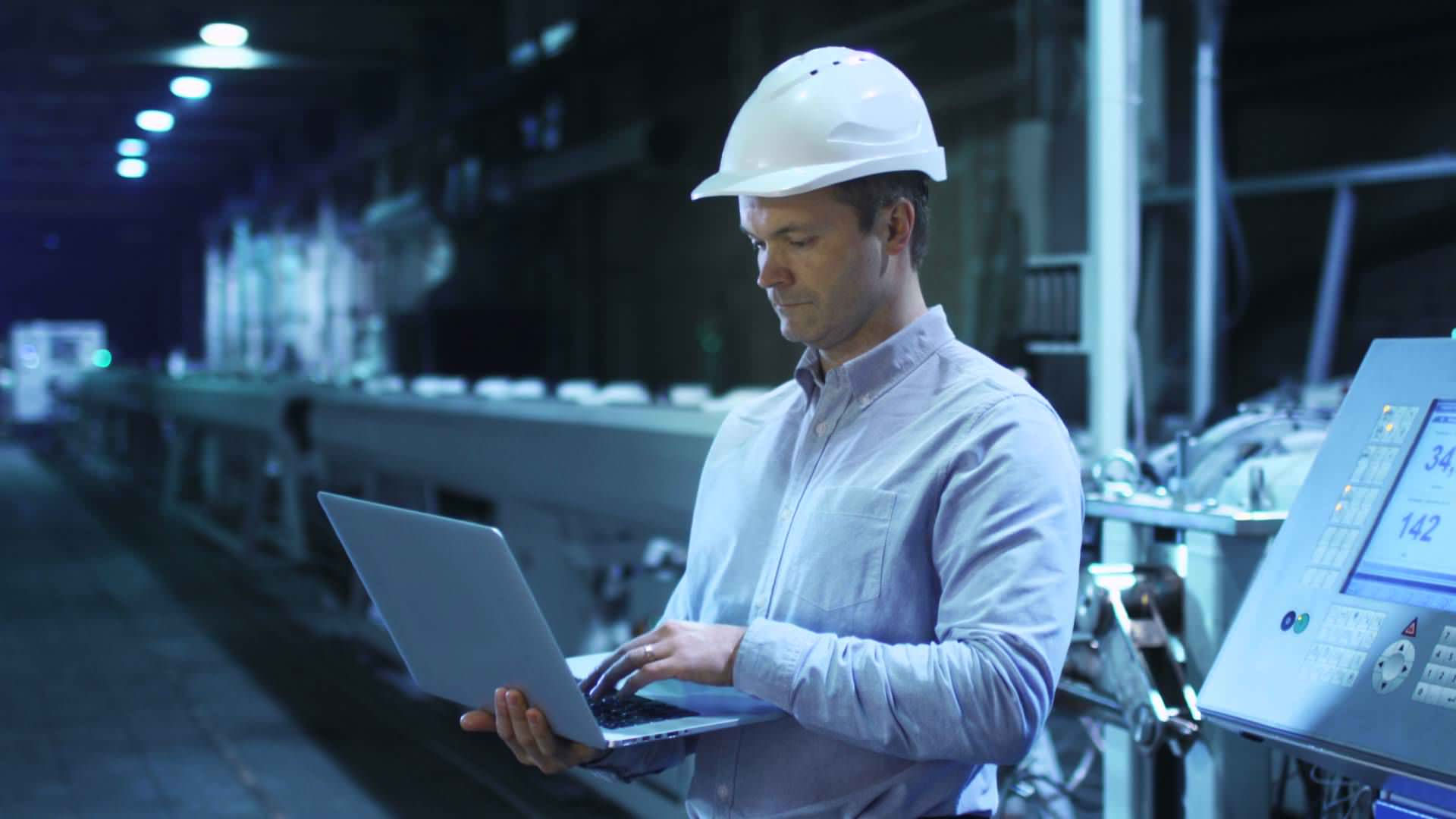Nowadays, the introduction of information products is the most important aspect of the dynamic development of the industrial sector. In companies, IT departments are responsible for a wide range of tasks that includes the creation of a unified data system and automation of work processes. The complexity of solving problems depends on the available financial resources and the priorities set. You can choose several basic procedures, the effectiveness of which will depend on the specific situation.
Objective № 1
The main objective is to create an integrated information space of an industrial company, which would be focused on uniting all departments, from the management headquarters to workshops and warehouses.
Tasks to be solved:
- Activate CRM, ERP systems for management and production verticals.
- Create a complex of video surveillance of facilities.
- Develop and begin active use of IP telephony, Wi-Fi, and other wireless technologies.
Today, the leaders in this field are companies that use communication IT standards. Using them, they can choose a variety of communication devices for the office and solve many different tasks. There are countless series, and it is better to choose equipment based on the specific goals of the company and its financial capabilities.
Objective № 2
The next objective is to create an information environment of substations and facilities with extremely high electromagnetic radiation or EMR. The market offers a wide variety of equipment for these purposes. Quality products comply with IEC-61850 certification standards. Such systems now use ZPL or Zero Packet Loss technology.
The recovery time of operation in analogs with copying and intensive restoration of connected RSTP lines is calculated depending on the distance between a pair of switches and is usually about 5 seconds per hop. One of the advantages is the possibility of forming a network with a data recovery rate of at least 25 m/s. There is also the possibility of interaction of about 50-80 connecting stations in a single information field.

Objective № 3
This stage includes the creation of a fault-tolerant monitoring unit and a traffic control unit. The mentioned goal can combine several different tasks, including both local and global programs. The first of them involves the formation of a control system for motorways, as well as the rules for the automatic accumulation of wagons, the creation of routes, railway and road flows.
An example of a global task can be the formation of a unified operational communication of railway transport. It is already being actively developed and used in the country. These systems have several features, here are some of them:
- extended signal distribution;
- reliability and fault tolerance of equipment;
- ensuring the delivery of information to any point of the dispatcher node;
- small size of working elements;
- increased security against possible hacks and information leaks;
- compliance with NEMATS standards that define the basic requirements for these devices.
Conclusion
IT devices can operate at temperatures from -40°C to +70°C, which means that they can be freely used in different regions of the country. If you want to optimize the operation of the systems, you can equip them with heaters or fans. Most devices use N-Ring, which is considered one of the fastest technologies in the world (its response is 30 m/sec with 250 ring switches). Various schemes for monitoring and managing transport routes, as well as schemes that help ensure the safety of goods and passengers, use such units.
